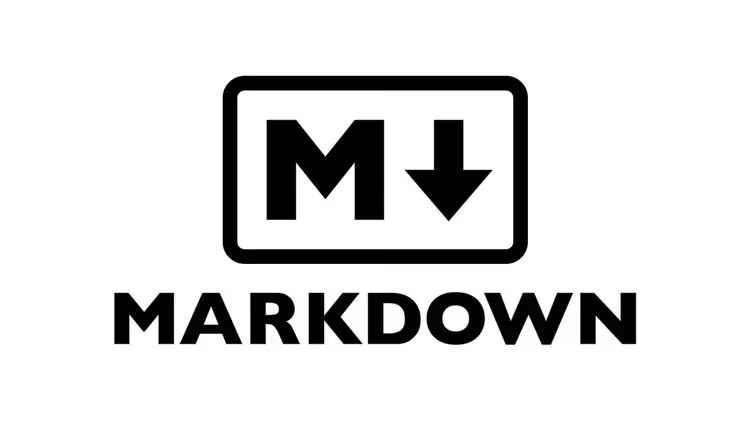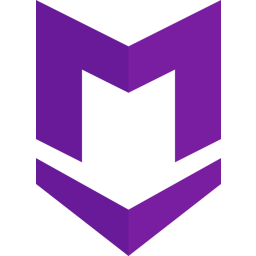Markdown 101: Understanding the Basics and Benefits of This Markup Language
 Tahmeer Pasha
Tahmeer Pasha
Markdown is a lightweight markup language that has become an essential tool for writers, developers, and content creators. Its simplicity and versatility make it an ideal choice for creating formatted text that can be easily converted to HTML and other formats. Whether you're writing documentation, blog posts, or even slides, Markdown can help you achieve your goals efficiently. In this blog post, we'll explore what Markdown is, its syntax, and how you can use it effectively.
What is Markdown?
Markdown was created by John Gruber in 2004, with the goal of allowing people "to write using an easy-to-read, easy-to-write plain text format, and optionally convert it to structurally valid XHTML (or HTML)." Since its inception, Markdown has grown in popularity due to its straightforward syntax and wide range of applications.
Why Use Markdown?
Simplicity
One of the main advantages of Markdown is its simplicity. The syntax is intuitive and easy to learn, making it accessible to everyone, regardless of technical expertise. You don't need to know HTML or other complex markup languages to create beautifully formatted text.
Portability
Markdown files are plain text files, which makes them highly portable and easy to version control. You can use any text editor to create and edit Markdown files, and they can be easily shared across different platforms and devices.
Versatility
Markdown can be used for a variety of purposes, including:
Writing documentation
Creating blog posts
Formatting README files for GitHub projects
Designing slides for presentations
Generating static websites
Basic Syntax
Let's dive into the basic syntax of Markdown. Here are some common elements and how to use them:
Headings
To create headings, use the # symbol followed by a space. The number of # symbols indicate the level of the heading.
# Heading 1
## Heading 2
### Heading 3
#### Heading 4
##### Heading 5
###### Heading 6
Emphasis
You can add emphasis to your text using asterisks or underscores.
Bold:
**bold text**or__bold text__Italic:
*italic text*or_italic text_Bold and Italic:
***bold and italic text***or___bold and italic text___
Lists
Markdown supports both ordered and unordered lists.
- Unordered List: Use hyphens (
-), asterisks (*), or plus signs (+).
- Item 1
- Item 2
- Subitem 1
- Subitem 2
- Ordered List: Use numbers followed by a period.
1. Item 1
2. Item 2
1. Subitem 1
2. Subitem 2
Links
To create a hyperlink, use the following syntax:
[link text](URL)
For example:
[OpenAI](https://www.openai.com)
Images
To embed an image, use an exclamation mark followed by the alt text in square brackets and the image URL in parentheses.

For example:

Code
For inline code, wrap the text in backticks.
`inline code`
For code blocks, use triple backticks before and after the code block. You can specify the language for syntax highlighting.
```python
def hello_world():
print("Hello, World!")
### Blockquotes
To create a blockquote, use the `>` symbol.
```markdown
> This is a blockquote.
Tables
You can create tables using hyphens and pipes.
| Header 1 | Header 2 |
|----------|----------|
| Row 1 | Data 1 |
| Row 2 | Data 2 |
Advanced Features
Markdown also supports more advanced features through extensions and plugins. Some popular ones include:
Task Lists: Useful for to-do lists.
- [ ] Task 1 - [x] Task 2 (completed)Footnotes: For adding references.
Here is a footnote reference[^1]. [^1]: Here is the footnote.Strikethrough: To indicate deleted text.
~~This is strikethrough text.~~Tables of Contents: Automatically generate a table of contents.
Tools and Editors
While you can write Markdown in any text editor, there are specialized tools that enhance the experience:
Typora: A clean, distraction-free Markdown editor.
Visual Studio Code: A powerful code editor with Markdown support and extensions.
Dillinger: An online Markdown editor.
Markdown Here: A browser extension that allows you to write Markdown in email clients.
Conclusion
Markdown is a powerful yet simple markup language that can help you create well-formatted text with ease. Whether you're a writer, developer, or content creator, Markdown's versatility and portability make it an invaluable tool. By mastering its basic syntax and exploring its advanced features, you can enhance your productivity and create content that looks great everywhere.
So, why not start using Markdown today? It's easy to learn, and once you get the hang of it, you'll wonder how you ever managed without it.
To learn more about Markdown, visit the official website: Daring Fireball: Markdown
Subscribe to my newsletter
Read articles from Tahmeer Pasha directly inside your inbox. Subscribe to the newsletter, and don't miss out.
Written by

Tahmeer Pasha
Tahmeer Pasha
Hi there! My name is Tahmeer Pasha, I'm a full stack developer specializing in JavaScript and Java based technologies. I will be sharing my experiences in my blogs, do check them out!